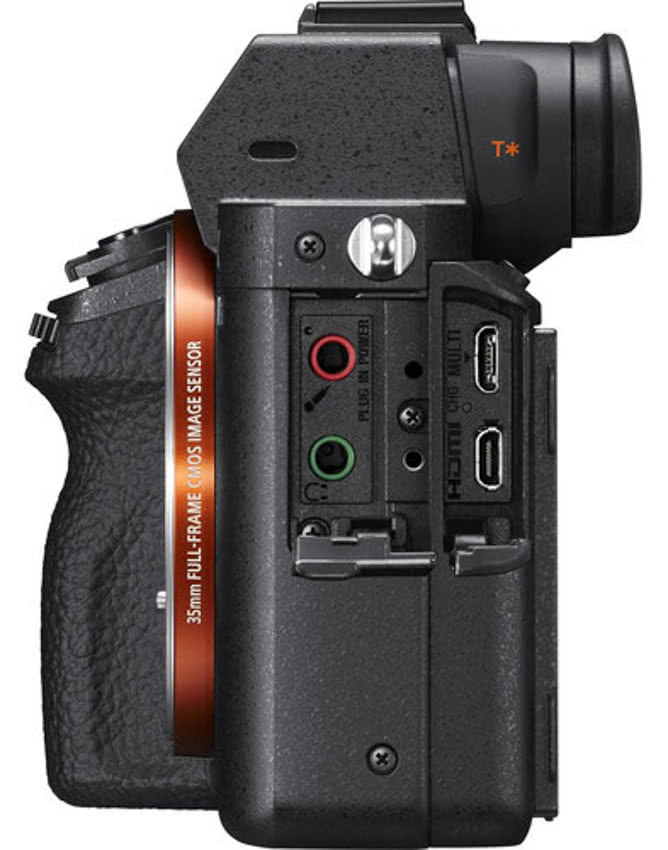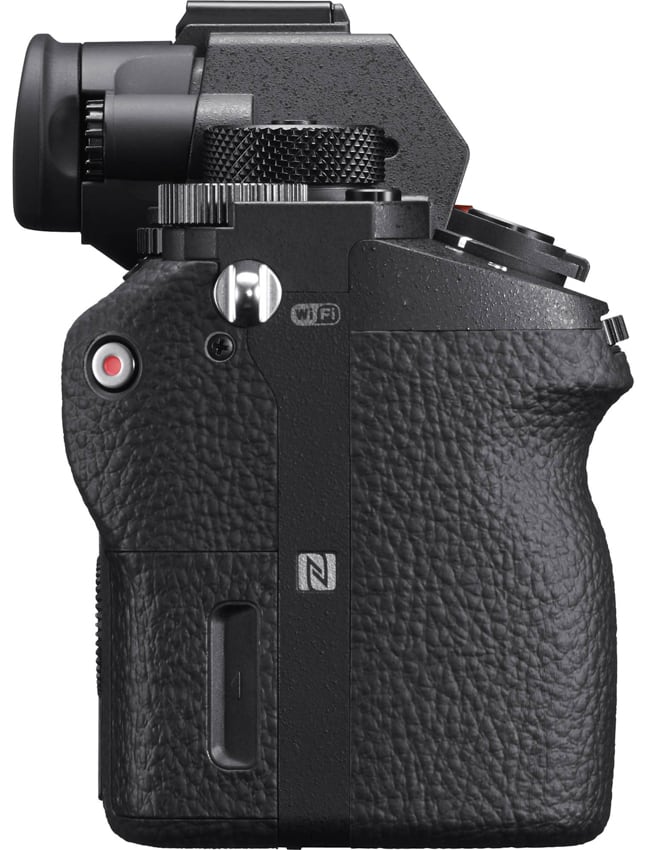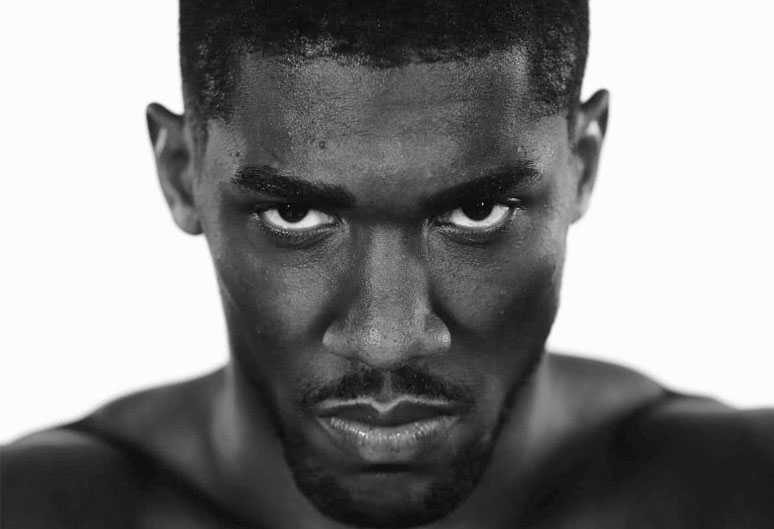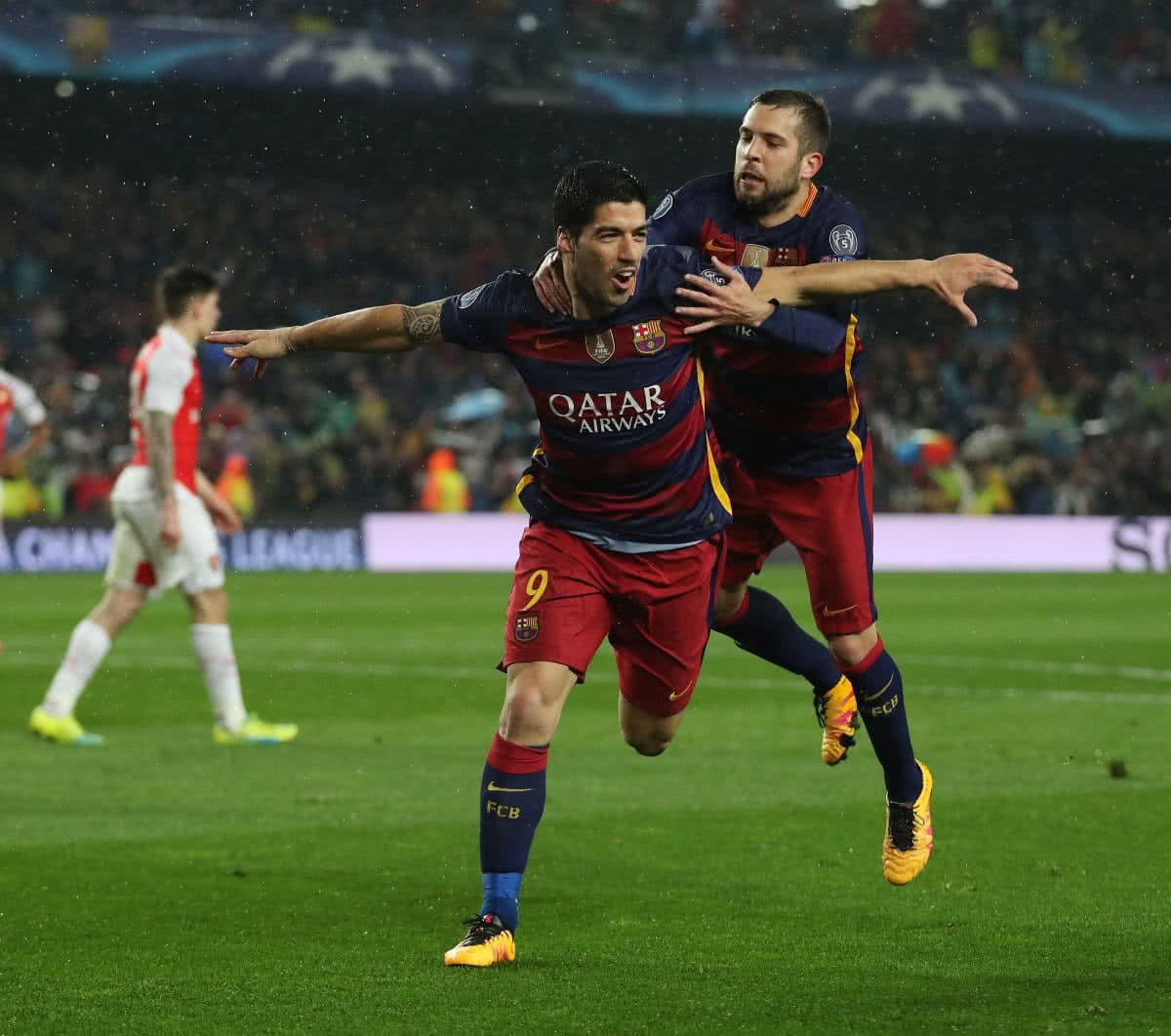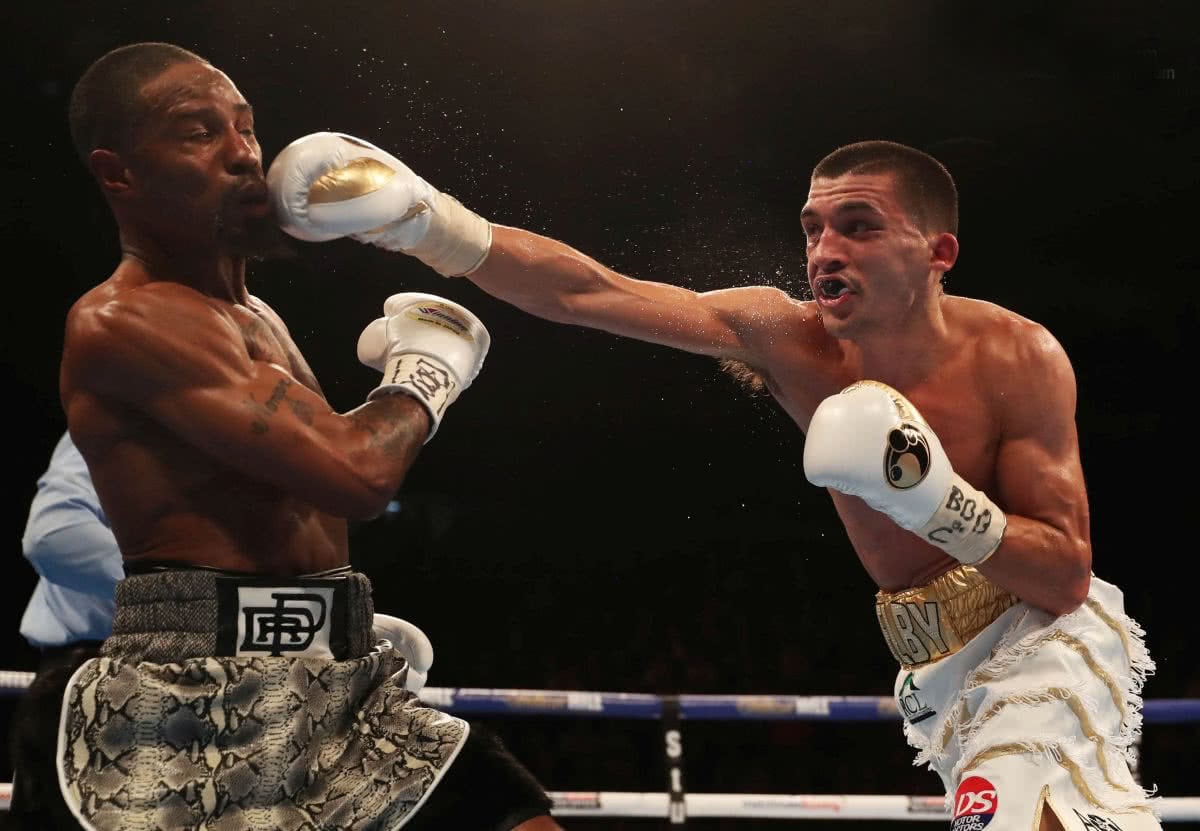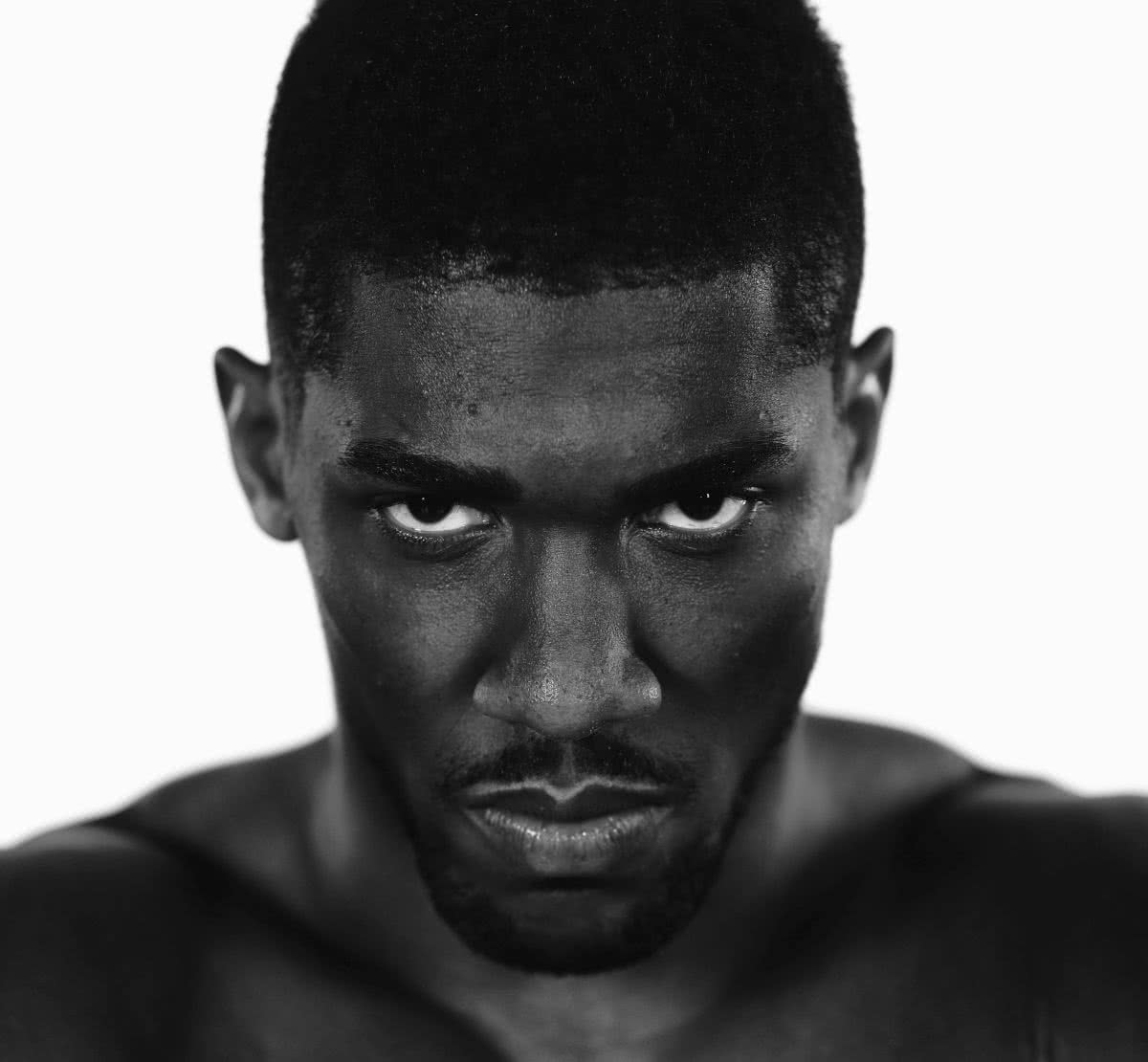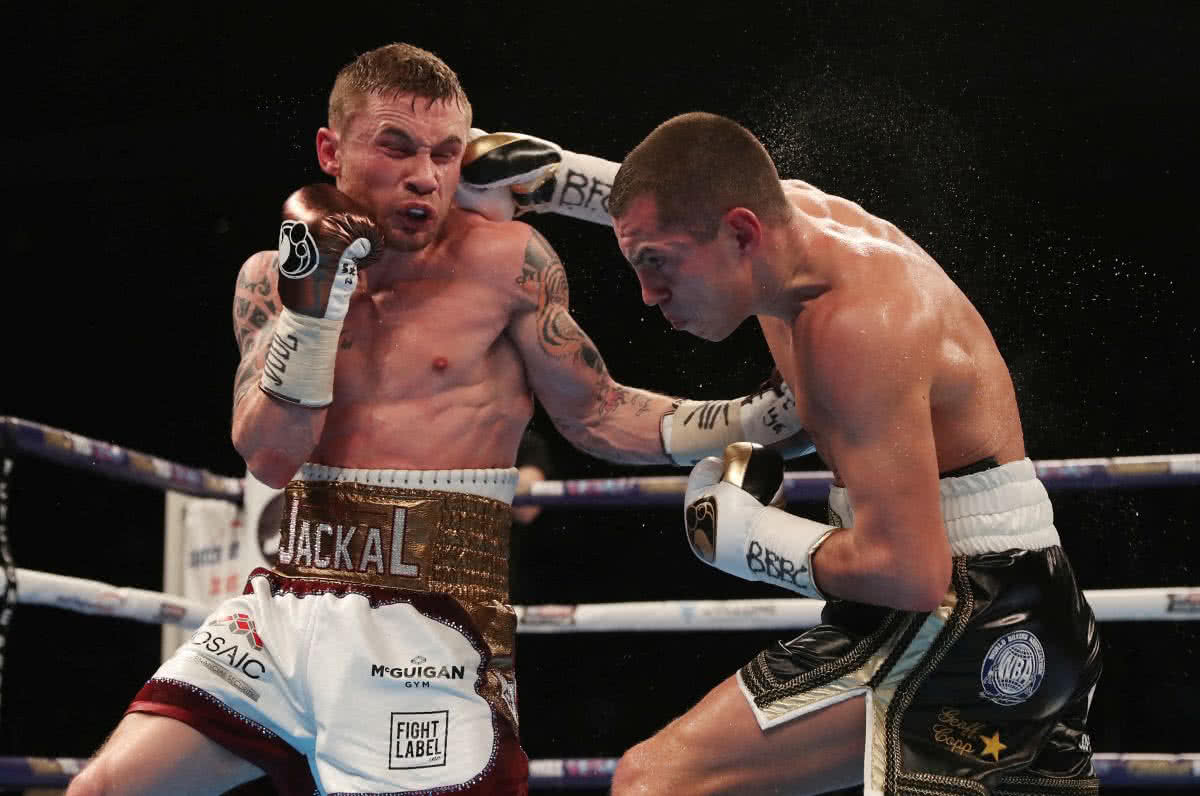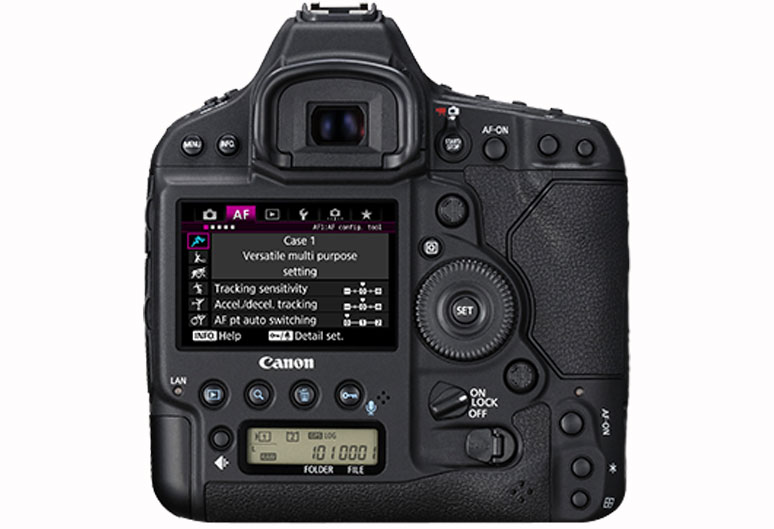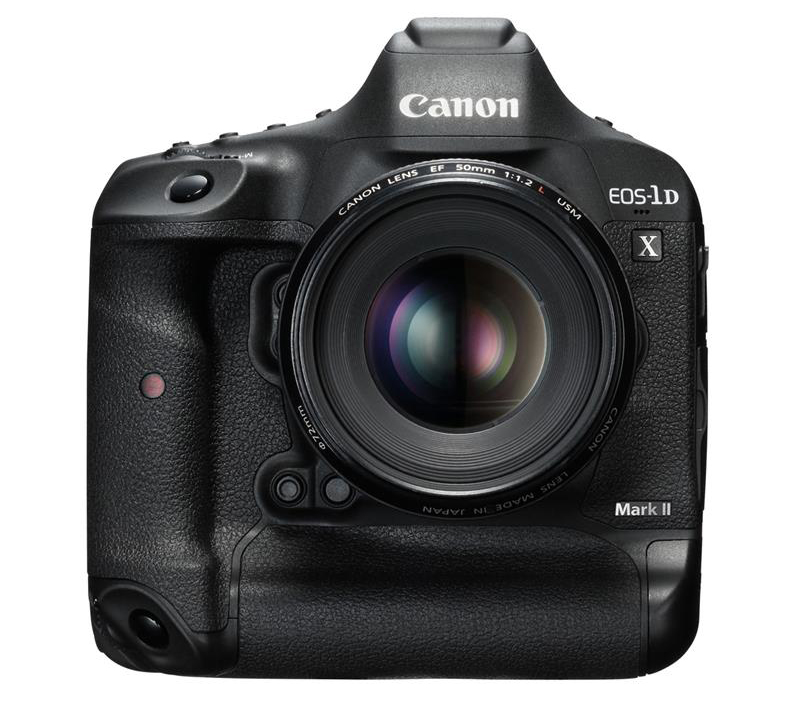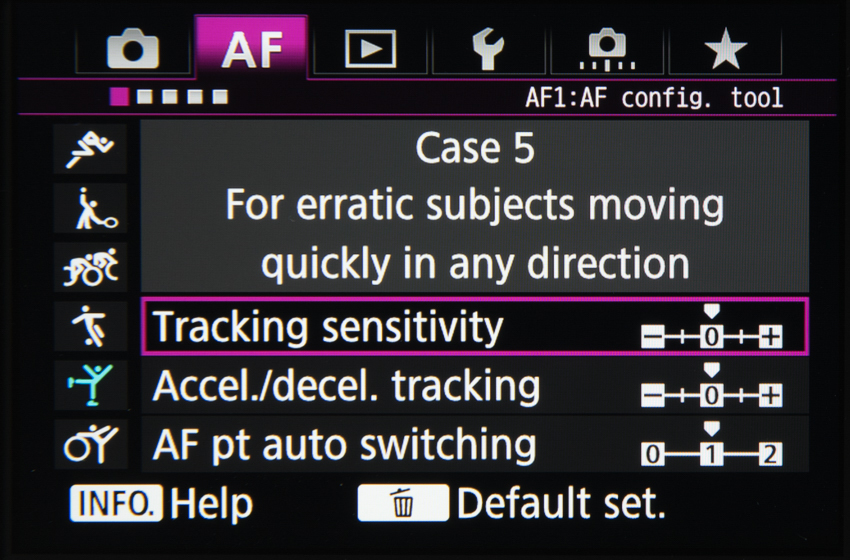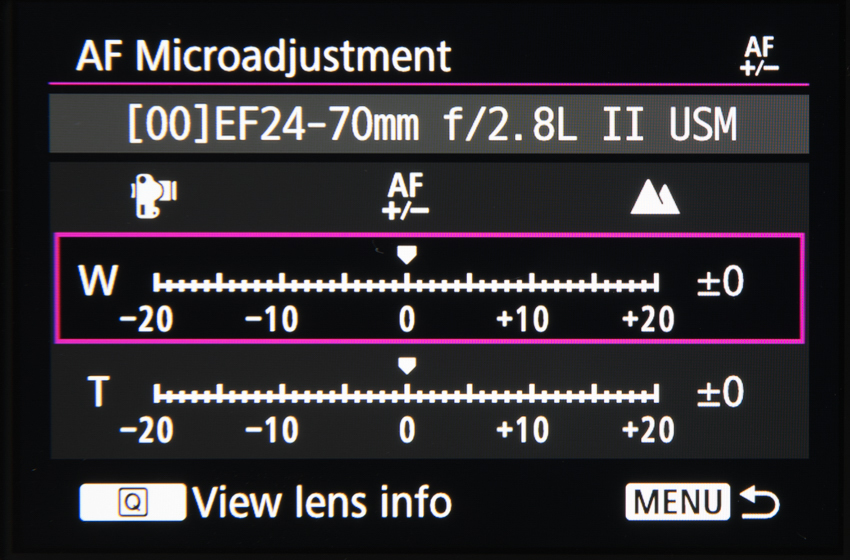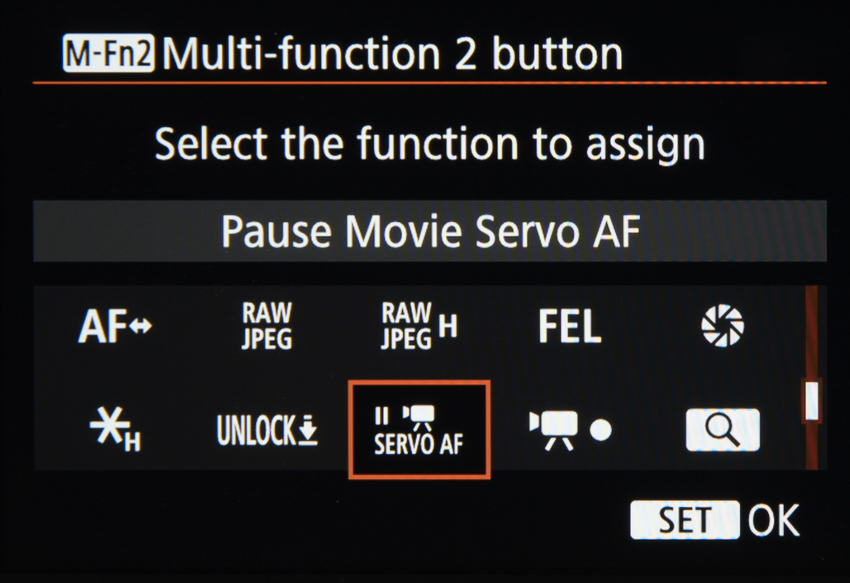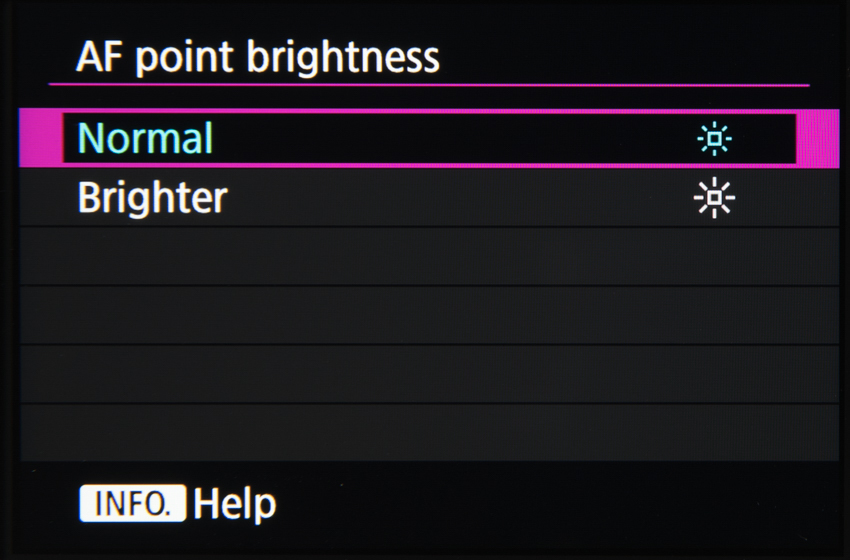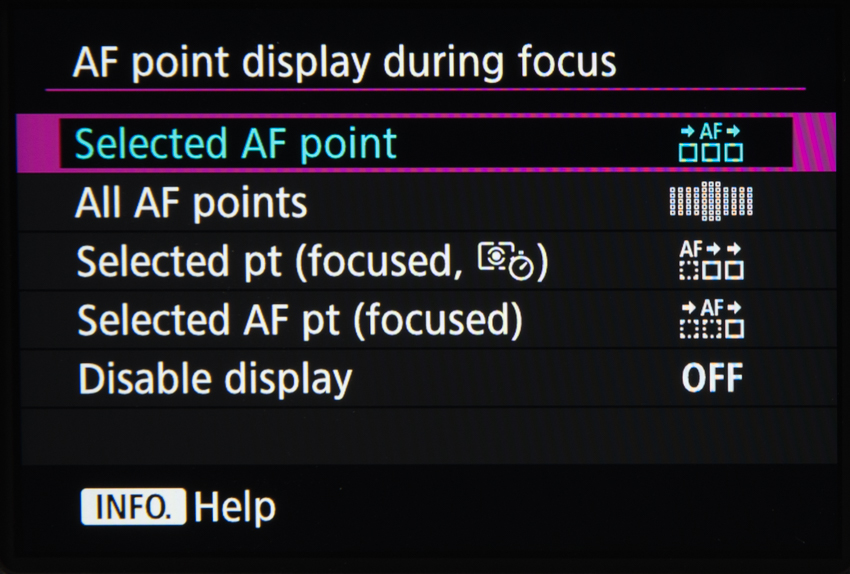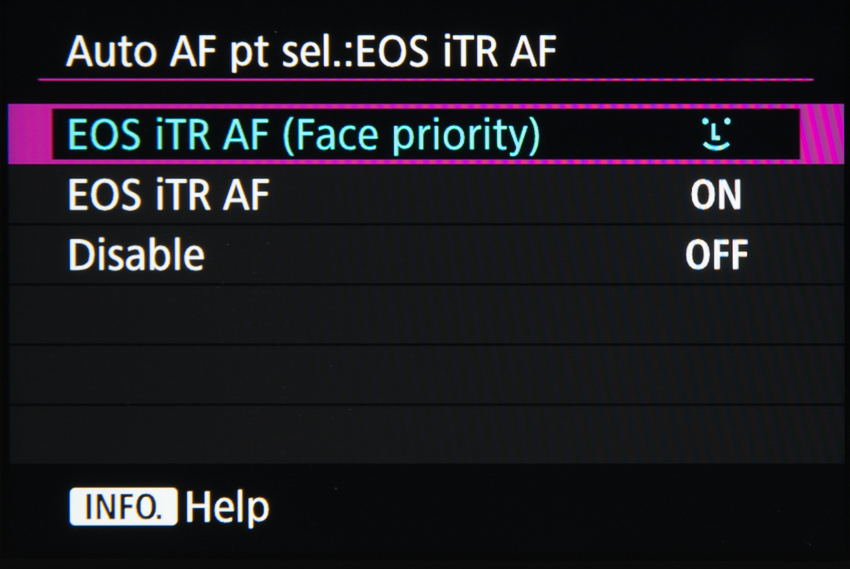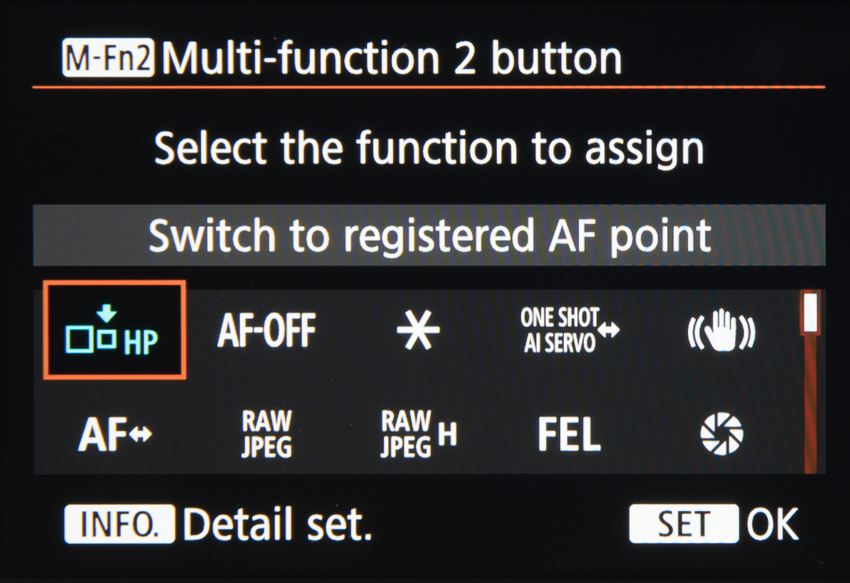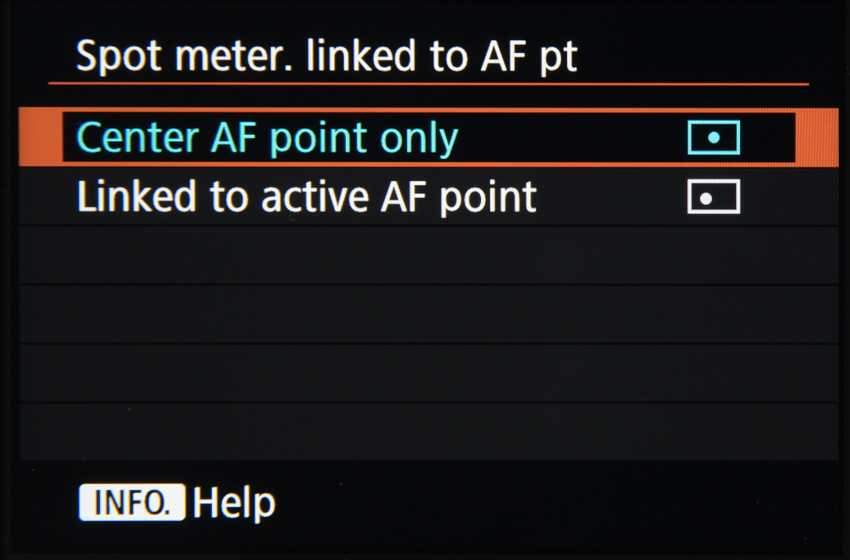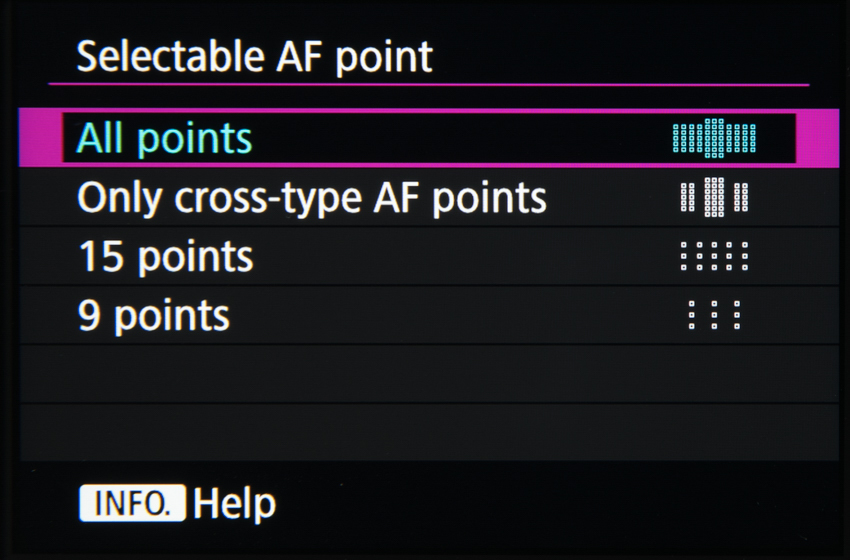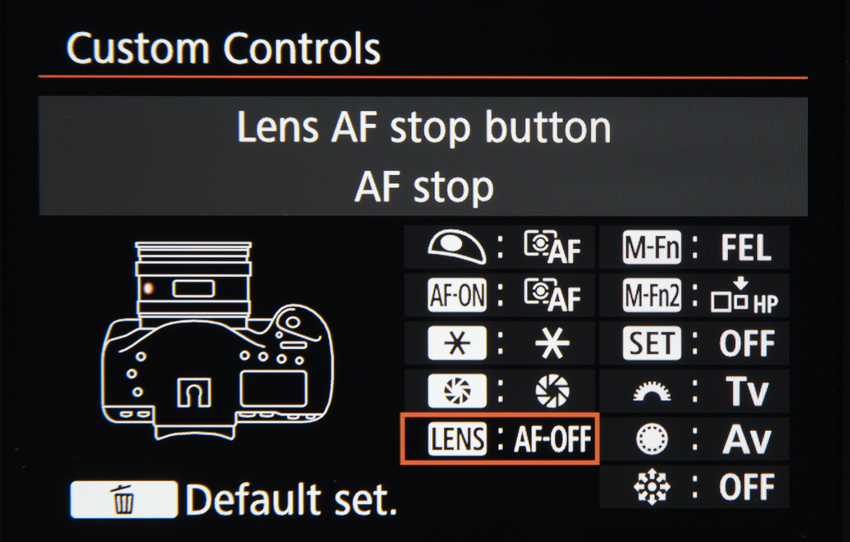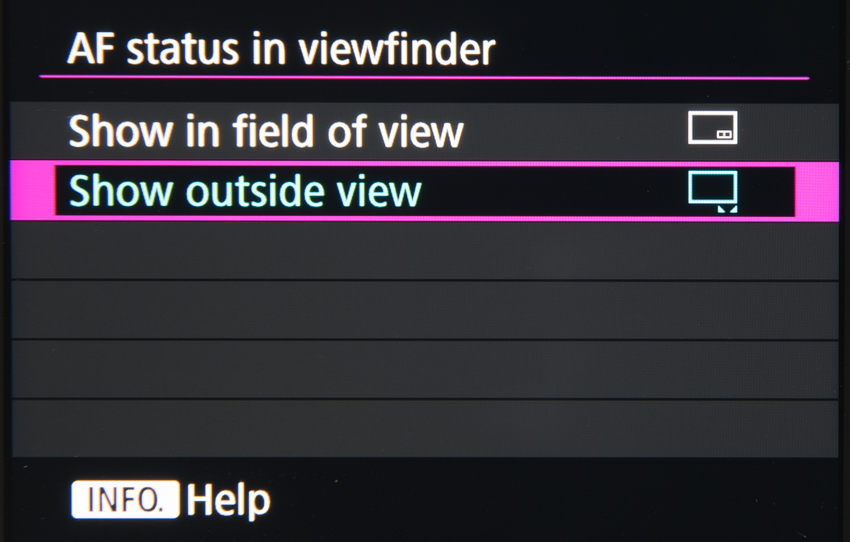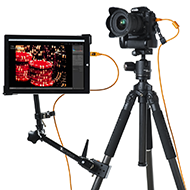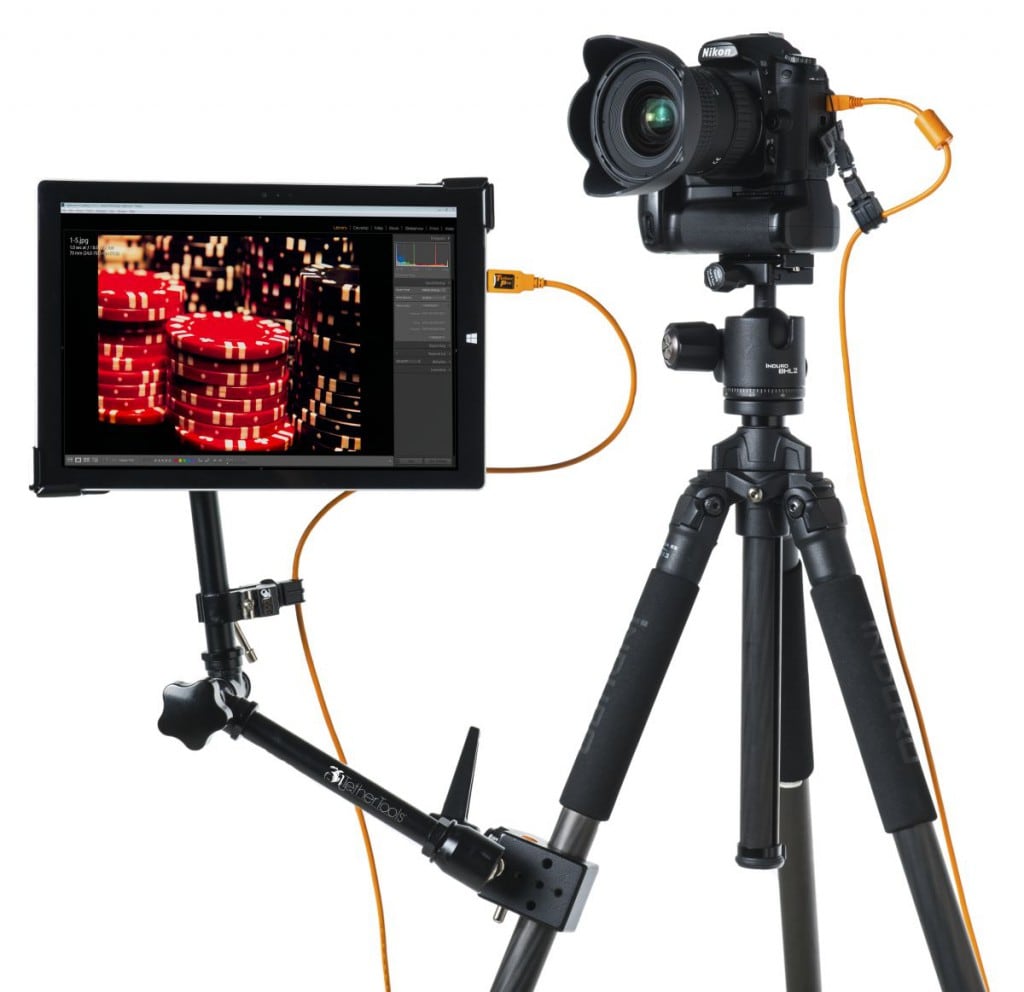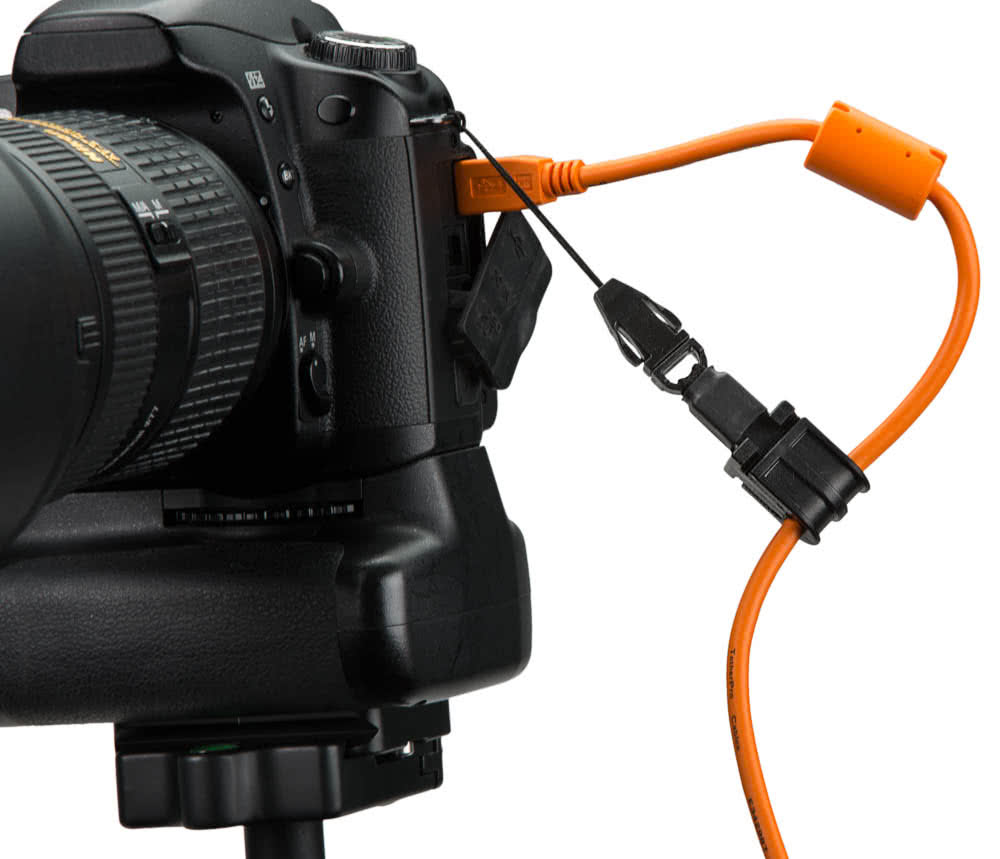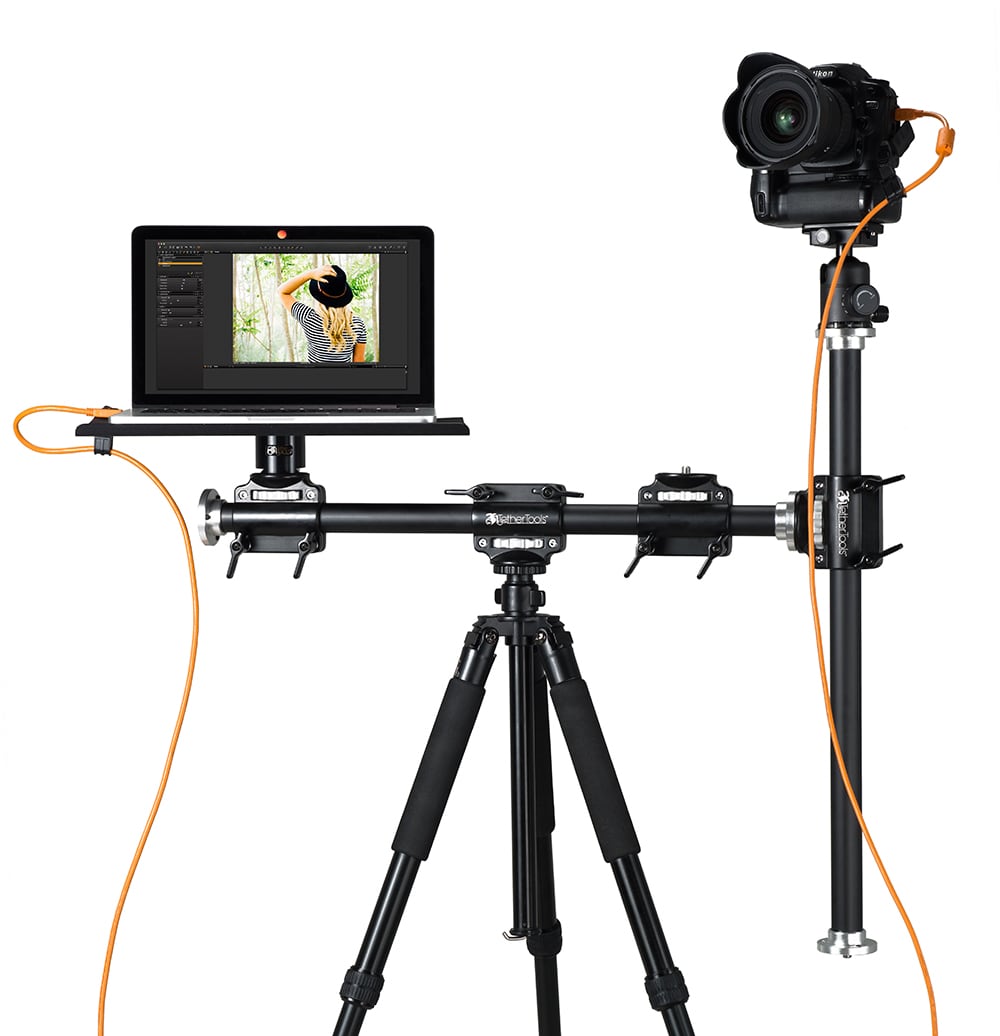Fujifilm’s new X-T2 offers super-fast autofocus, a weather-sealed body and exceptional image quality. Is this the moment to switch to mirrorless?
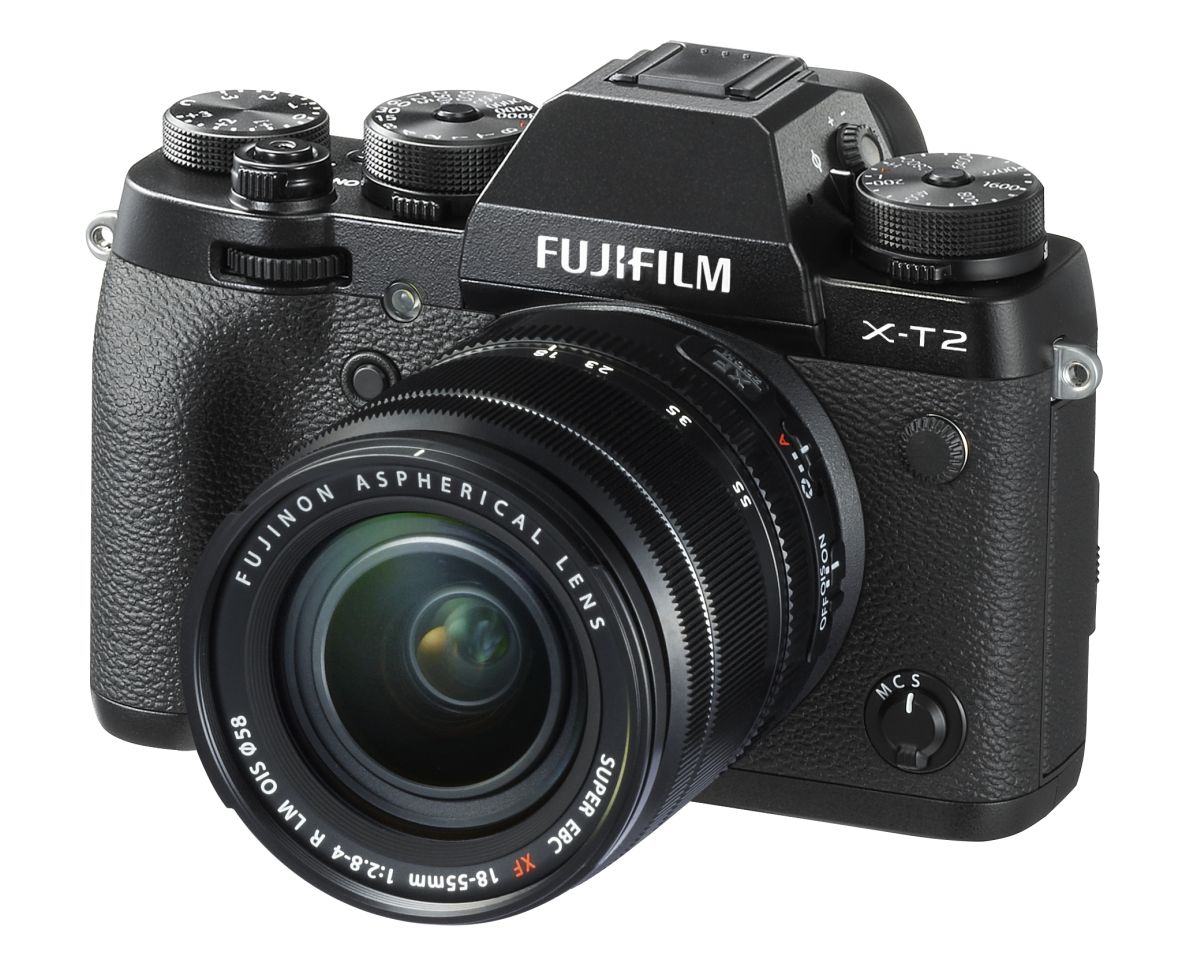
This morning Fujifilm officially announces its new flagship, the X-T2, which sees the mirrorless X brand gunning for a slice of the pro market.
Closely resembling 2014’s X-T1 in design and build, the Fujifilm X-T2 has been upgraded with new imaging and processing technologies to deliver faster operational speeds.
It delivers a 24.3MP X-Trans CMOS III sensor, shoots 4K video with a Clean HDMI output and dramatically improves AF performance from previous models.
Whereas older X-series cameras utilised 49 AF points, the X-T2 ups this to 91. Approximately 40% of the imaging area is covered with phase detection pixels, allowing for fast and precise AF acquisition.
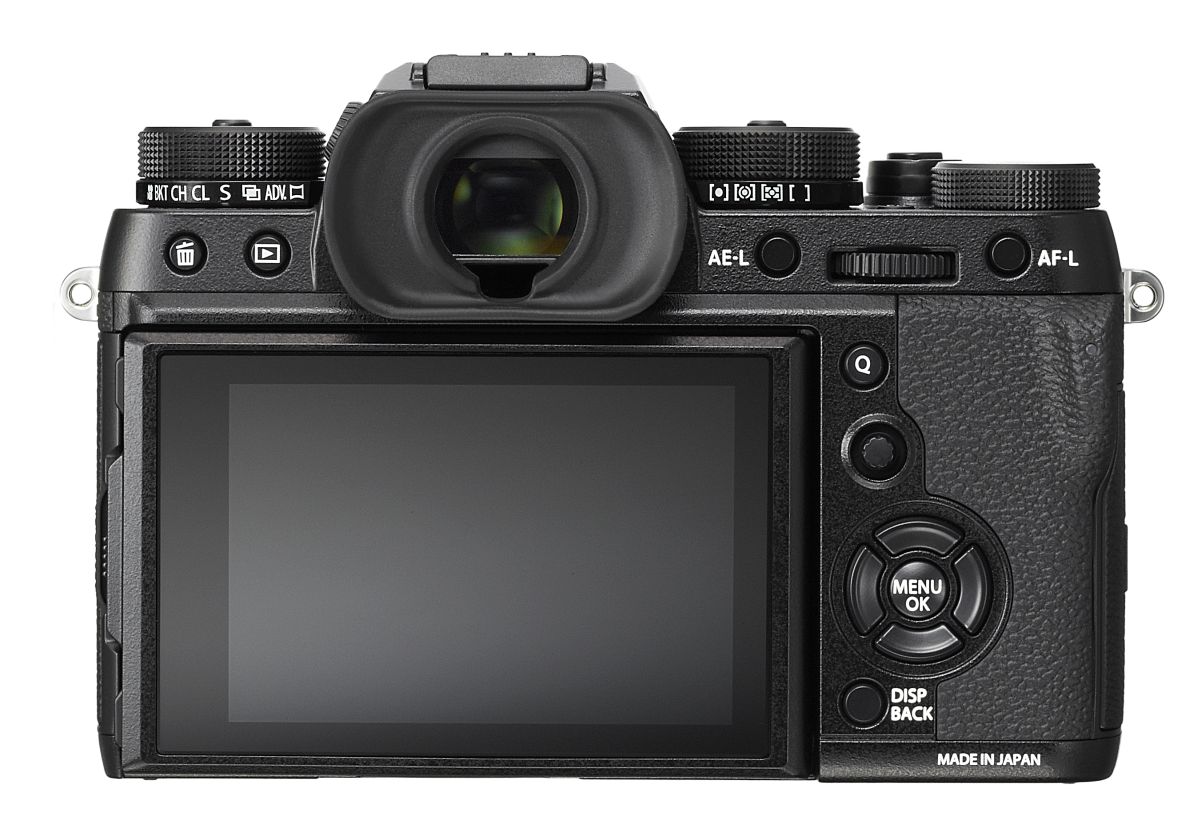
Fujifilm says that in real terms, this enhances the X-T2’s ability to automatically focus on points of light, low-contrast objects and subjects with fine and delicate textures. This addresses previous weaknesses of phase-detection autofocus systems.
The EVF on the X-T2 has been further improved on the preceding camera. It’s a 2.36-million-dot high-resolution organic EL electronic viewfinder with a time lag delay of 0.005 seconds. Its maximum brightness is double that of previous models and it features Automatic Brightness Adjustment functionality which makes it easy to use even in strong backlighting. The EVF can refresh at a rate of 60fps, or 100fps in Boost mode (more on Boost mode below).
The body of the Fujifilm X-T2 is made entirely from magnesium alloy, meaning it is solid and durable without sacrificing lightweight portability.
Body-only, the Fujifilm X-T2 weighs around 500g. That’s about a third of the weight of a recent pro DSLR. And this is with weather-sealing at 63 points, making the X-T2 well-suited for rough outdoor work.
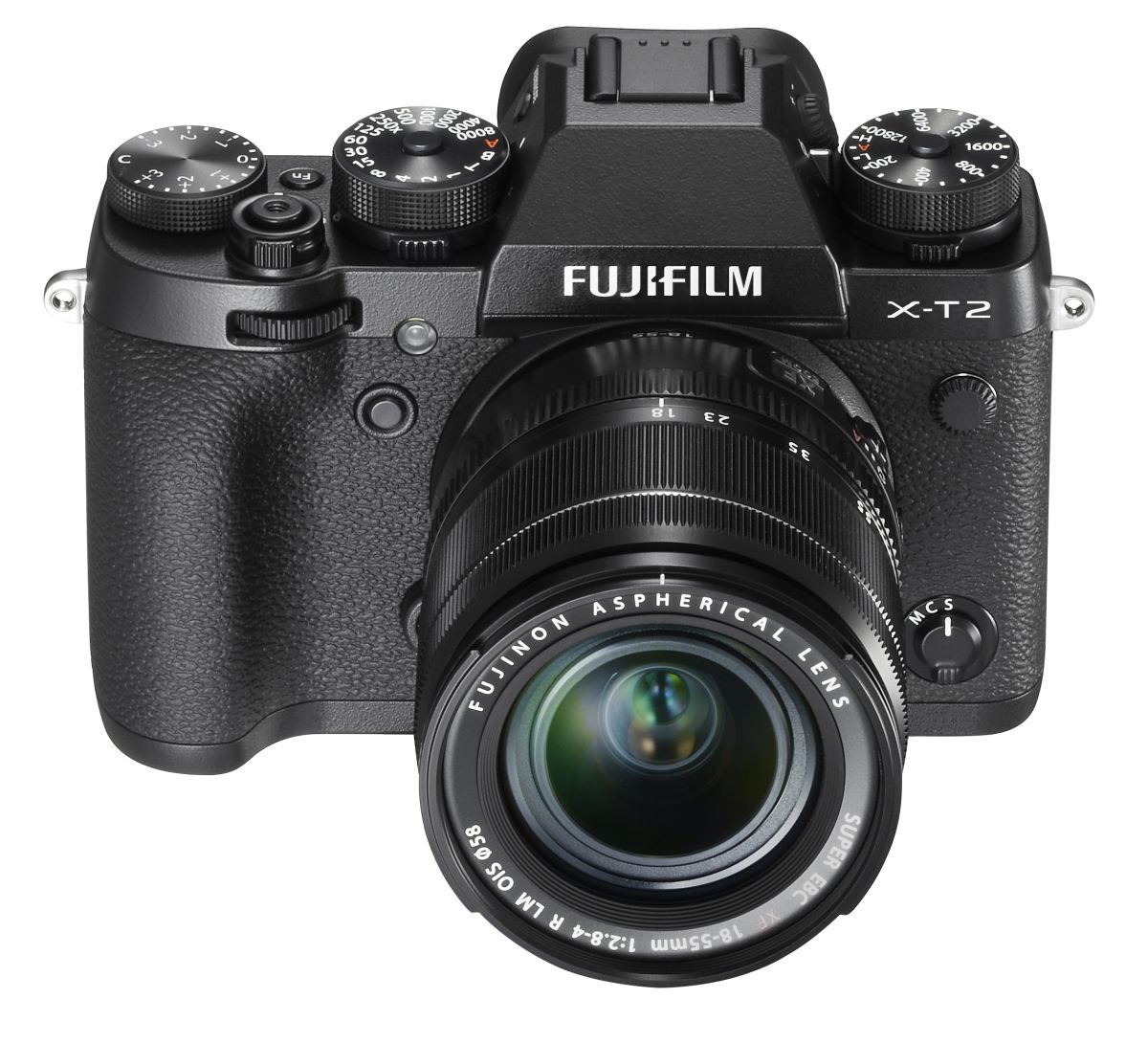
A new battery grip, named the Vertical Power Booster Grip or VPB-XT2, is to be released simultaneously and further cements the XT-2’s status as a serious option for the pro.
Packing in two extra batteries, the VPB-XT2 increases the Fujifilm X-T2’s shooting capacity to approximately 1,000 shots per charge, and its 4K recording duration to a maximum of thirty minutes.
The grip also features a selection of buttons (including shutter release, focus lever E-L button, AF-L button, command dials, Q button and Fn button) designed to make the X-T2 as easy to operate vertically as it is horizontally. The grip also features the same extent of weather-sealing as the X-T2 itself.
With the grip attached, the photographer can activate the previously mentioned ‘Boost’ mode. This uses the extra power from the additional batteries to improve the X-T2’s overall performance. In real terms this means faster continuous shooting and shorter shooting interval (up to 11fps with the mechanical shutter; 14fps with the electronic shutter), shorter shutter release time lag and blackout time.
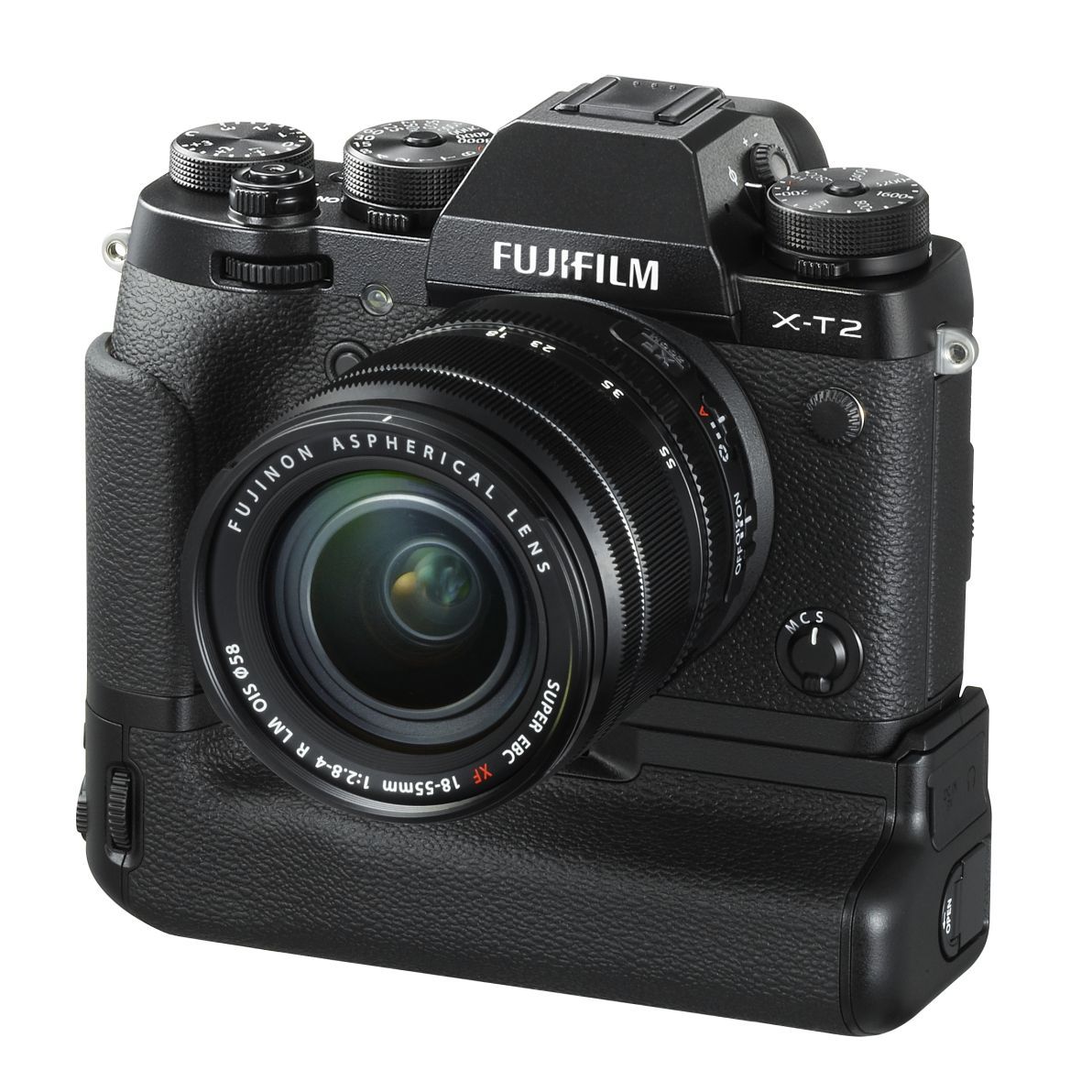
For more details, or to place an order, contact Fixation sales on 020 7582 3294, or by email at sales@www.fixationuk.com.
What’s your view? If you’re a DSLR user, does the X-T2’s spec sheet tempt you to start looking at mirrorless? Let us know in the comments.
Fujifilm X-T2 key specifications:
- 24.3MP X-Trans CMOS III APS-C sensor
- Dual SD card slots
- Native ISO 200-12,800; extended ISO 100-51,200
- 48-inch, 2.36-million-dot colour LCD viewfinder offering 100% coverage. Magification 0.77x; eye point approx. 23mm; built-in eye sensor
- 3-inch, 1040k-dot, three-directional tilting LCD monitor
- 14fps continuous shooting with electronic shutter; 11fps with mechanical shutter (only when fitted with VPB-XT2
- 4K 3840×2160 movie recording
- Rechargeable battery NP-W126S (Lithium-ion type)
- 132.5 mm (W) X 91.8mm (H) X 49.2mm (D) (Minimum depth: 35.4mm)
- 507g (including battery and memory card); approx. 457g (excluding battery and memory card)
- 340 frames per charge (approx. 1,000 when fitted with VPB-XT2 and shooting in Normal mode)

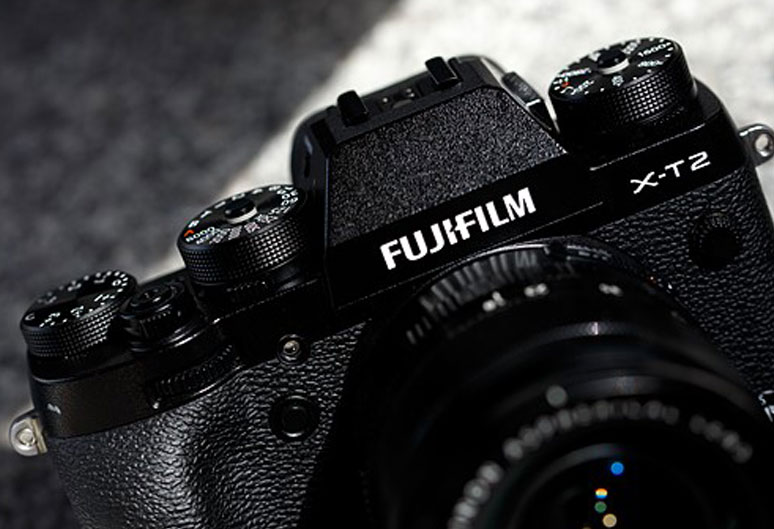
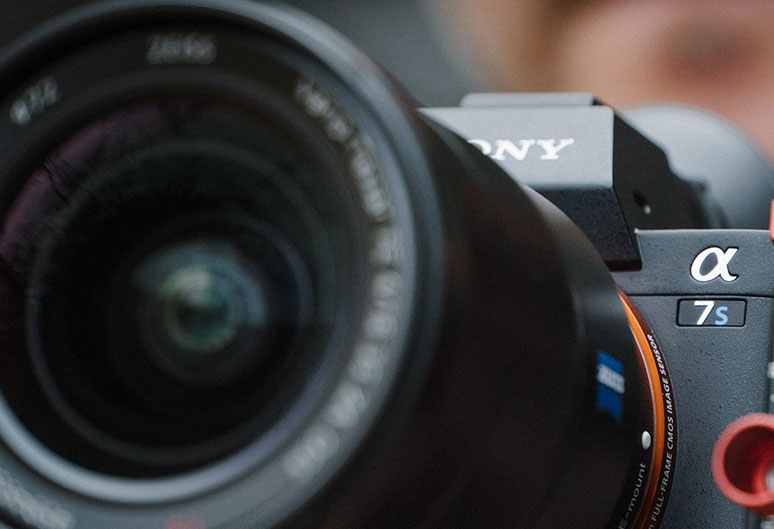
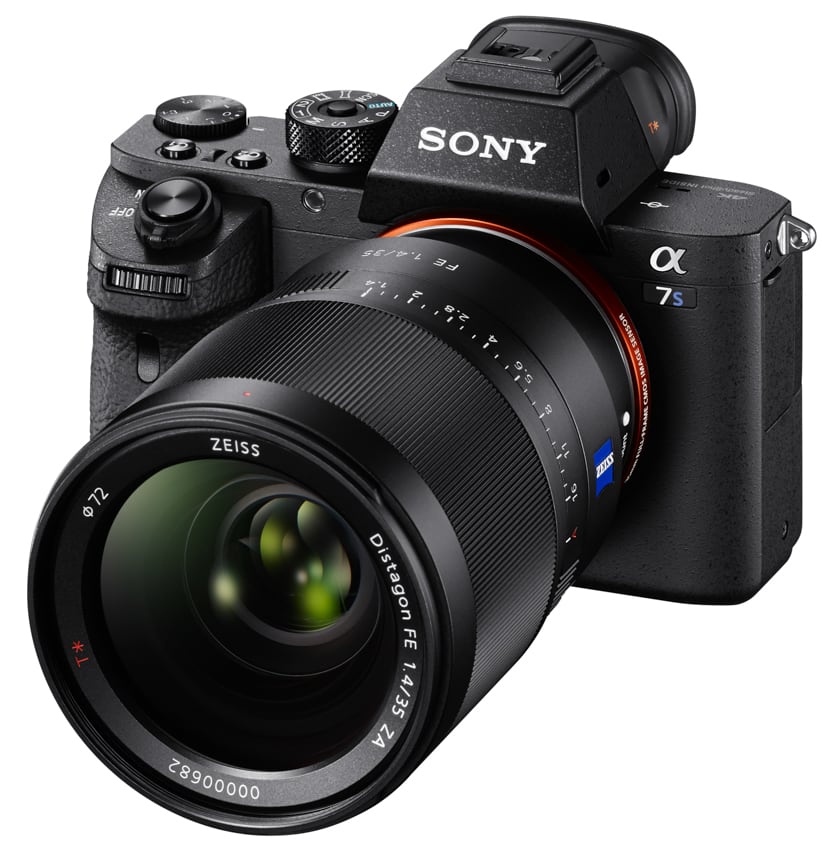
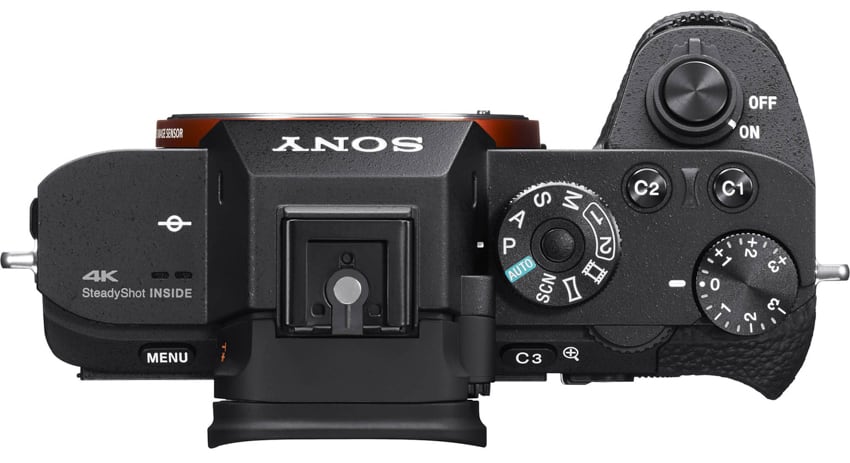 Sony states that the camera records video with full-pixel readout to improve quality and suppress aliasing artefacts such as moire, and this is the case whether you’re recording video in 4K or Full HD. This process means the sensor takes information from every pixel before the image processor downsamples it to 4K (or HD) resolution. This is in contrast to binning, where the values of multiple pixels are combined into one at the sensor level to boost the signal-to-noise ratio, and line skipping, where certain rows or columns are ignored.
Sony states that the camera records video with full-pixel readout to improve quality and suppress aliasing artefacts such as moire, and this is the case whether you’re recording video in 4K or Full HD. This process means the sensor takes information from every pixel before the image processor downsamples it to 4K (or HD) resolution. This is in contrast to binning, where the values of multiple pixels are combined into one at the sensor level to boost the signal-to-noise ratio, and line skipping, where certain rows or columns are ignored.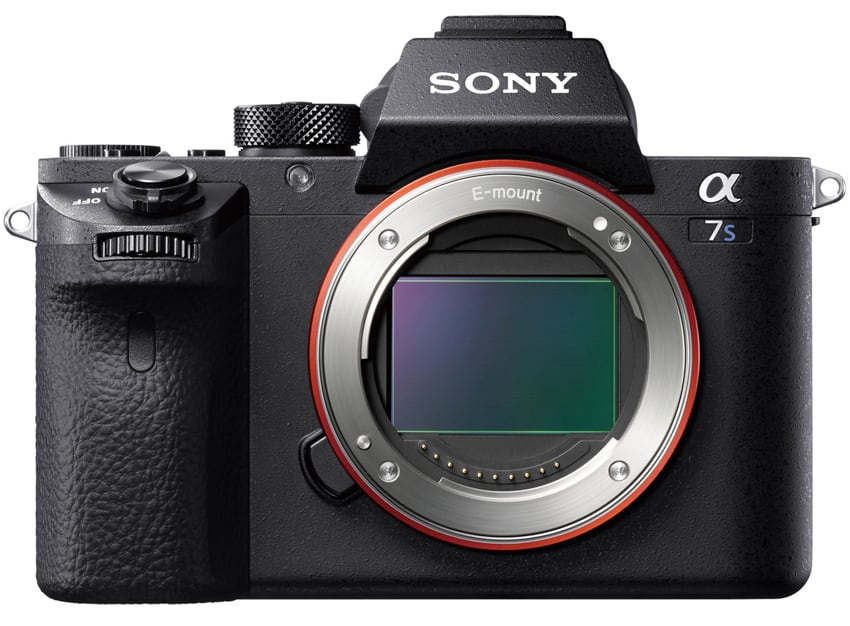
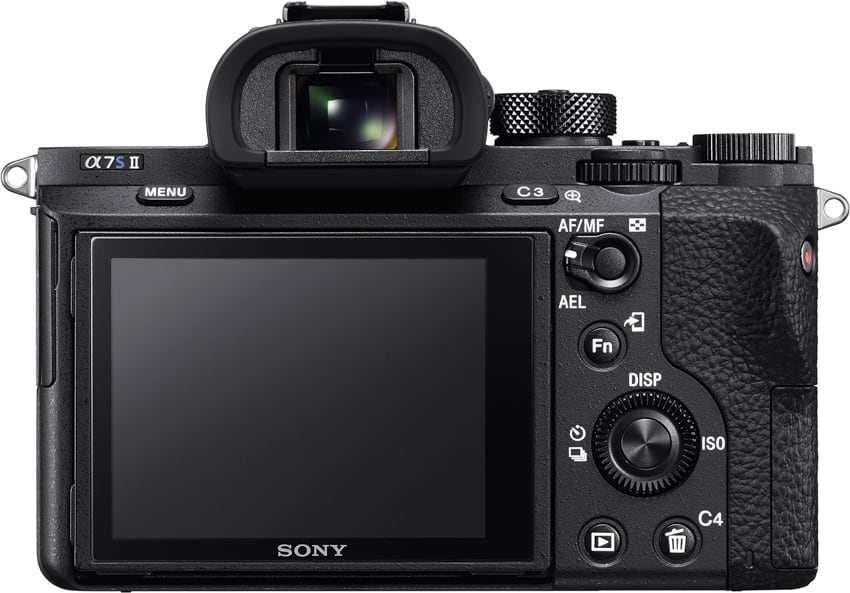
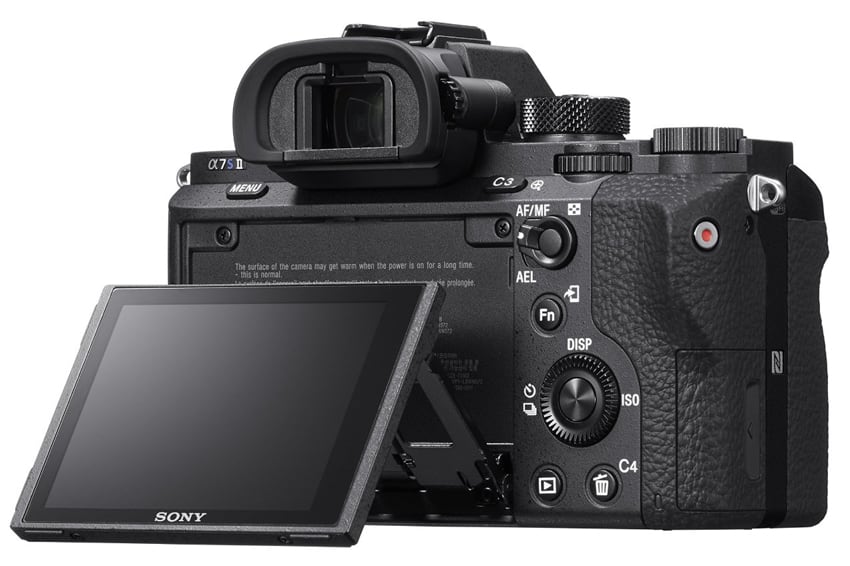 Ordinarily, this footage would appear flat and lacking in contrast on the rear display, making it hard to accurately assess focus and exposure. This is where the Gamma Display Assist option steps in; this uses the Rec.709 standard to provide the user with a more natural rendition of recorded footage when the camera is set to either the S-Log2 and S-Log3 settings.
Ordinarily, this footage would appear flat and lacking in contrast on the rear display, making it hard to accurately assess focus and exposure. This is where the Gamma Display Assist option steps in; this uses the Rec.709 standard to provide the user with a more natural rendition of recorded footage when the camera is set to either the S-Log2 and S-Log3 settings.